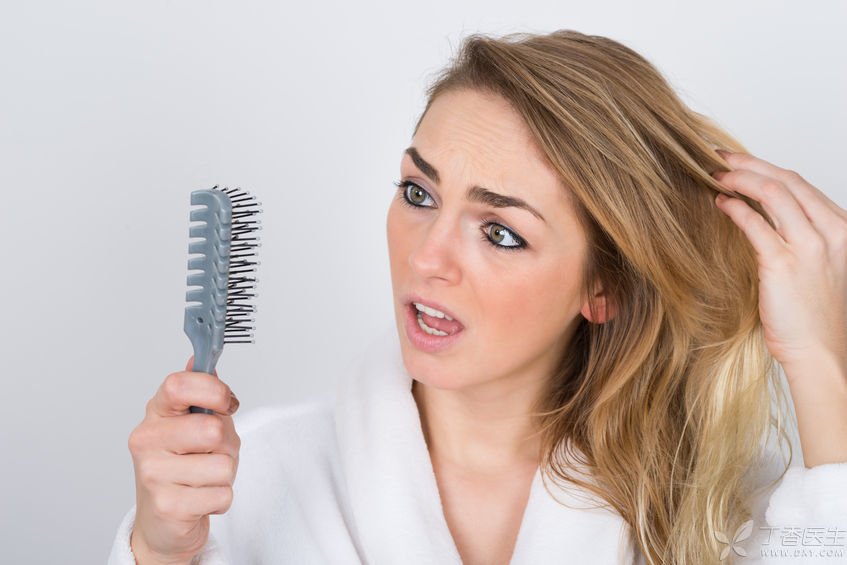
Many people have such distress:
After getting up in the morning, I found several hairs scattered on the pillow. When washing the hair, the sewer was blocked by the hair before the washing was finished. Comb your hair and drop a pinch of hair…
In this case, does it mean alopecia? Not necessarily.
Is how really alopecia? How should alopecia be prevented? Look down and you will know.
After reading it, you will find that after washing your hair for so many years, you may have washed it [wrong].
Hair loss and alopecia are not the same thing.
1. Does what lose his hair?
Generally speaking, 85% of the hair follicles on our scalp are in the growth period, 14% are in the resting period, and 1% are in the degeneration period (the specific proportion will be affected by factors such as age, physique, season, etc.).
These three periods cross and proceed at the same time, replacing the old with the new, keeping the total amount of hair in a state of dynamic balance.
The total number of human hair exceeds 100,000. As long as the number of hair lost every day is less than 100, it is a normal phenomenon.
This simple hair loss phenomenon belongs to [physiological alopecia].
2. Is what alopecia?
When we say true alopecia, we mean pathological alopecia.
If the daily amount of alopecia exceeds 100 and lasts for more than one month, it is true alopecia.
In actual operation, there is a more convenient judgment method.
If you find that your hair loss is relatively large within a continuous period of time, or you feel that your braids have become thinner, your hair has become thinner, or your forehead and forehead look bigger, you may as well do a pull test:
Insert your finger into your hair. If you can pull several hairs down without pain in most cases, it usually indicates that alopecia does occur.
Did you really lose your hair? That must be treated as soon as possible!
When you find that you really have alopecia, the first thing to do is to calm down.
After all, nervousness and anxiety are likely to aggravate alopecia.
In addition, you should make the following points clear:
1. Treat alopecia as early as possible
Alopecia can be roughly divided into ten types, the most common being androgen alopecia, alopecia areata, resting alopecia, etc.
Among them, some types of alopecia not only need treatment, but also should be treated as early as possible. Especially androgen alopecia, if the treatment is not timely, only hair transplant surgery can be considered in the later period.
2. Treatment of alopecia should be targeted.
Just mentioned, there are many types of alopecia, so there is no general method to treat alopecia.
The safest way is to find a doctor, find out the cause of the disease, and then formulate a personalized plan to treat it.
3. Be patient in treating alopecia.
There are always people who choose superstitious folk remedies or the magic hair tonic in advertisements, expecting to be able to [stop taking off in 5 days and give birth in 7 days].
Wake up! Hair regeneration takes about 6 months, and even medication cannot accelerate it.
Patience and perseverance are essential to cure alopecia.
